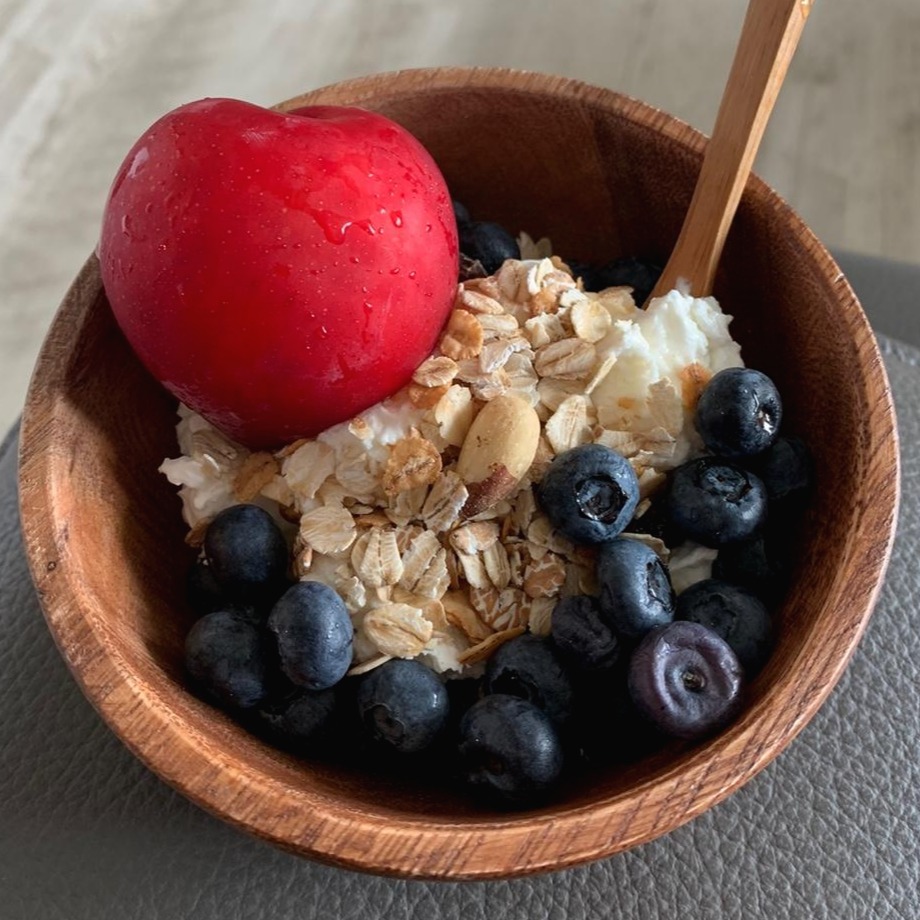| 일 | 월 | 화 | 수 | 목 | 금 | 토 |
|---|---|---|---|---|---|---|
| 1 | 2 | 3 | ||||
| 4 | 5 | 6 | 7 | 8 | 9 | 10 |
| 11 | 12 | 13 | 14 | 15 | 16 | 17 |
| 18 | 19 | 20 | 21 | 22 | 23 | 24 |
| 25 | 26 | 27 | 28 | 29 | 30 | 31 |
Tags
- PIR
- join
- sung kim
- DFS
- deep learning
- 모두를 위한 딥러닝
- BOJ
- mysql
- TensorFlow
- 프로그래머스
- 백준
- 정렬
- Queue
- Neural Network
- CSAP
- softmax
- ML
- SQL
- stl
- 시간초과
- Machine learning
- 알고리즘 고득점 kit
- sort
- c++
- 큐
- 모두를 위한 머신러닝
- deque
- 한화오션
- Programmers
- Linear Regression
Archives
- Today
- Total
hello, world!
[ML lab 06-1] TensorFlow로 Softmax Classification 구현하기 본문
AI/모두를 위한 ML (SungKim)
[ML lab 06-1] TensorFlow로 Softmax Classification 구현하기
ferozsun 2021. 2. 18. 11:56Softmax Classification: 여러 개의 class 중에서 결과를 예측해야 할 때 유용하다.
(ex. 학점 A, B, C, D, F 등 n개의 항목이 있는 경우)
▷ Hypothesis => Softmax function을 통과시킨다.

특징
1. a, b, c의 hypothesis는 0과 1 사이의 값이다.
2. a, b, c의 hypothesis 총합은 1이다. 따라서 확률로 볼 수 있다.
(one-hot encoding: 확률이 가장 큰 것을 100%, 나머지를 0%로 판단하여 구현하는 방법)
▷ Cost function => Cross-entropy

실제 값 Y와 softmax의 결과값의 차이
▷ Gradient descent => cost function의 미분

import tensorflow.compat.v1 as tf
tf.disable_v2_behavior()
x_data = [[1, 2, 1, 1], [2, 1, 3, 2], [3, 1, 3, 4], [4, 1, 5, 5], [1, 7, 5, 5],
[1, 2, 5, 6], [1, 6, 6, 6], [1, 7, 7, 7]]
y_data = [[0, 0, 1], [0, 0, 1], [0, 0, 1], [0, 1, 0], [0, 1, 0], [0, 1, 0], [1, 0, 0], [1, 0, 0]]
X = tf.placeholder("float", [None, 4])
Y = tf.placeholder("float", [None, 3]) # Y element 개수는 label(class)의 개수
nb_classes = 3
W = tf.Variable(tf.random_normal([4, nb_classes]), name = 'weight')
b = tf.Variable(tf.random_normal([nb_classes]), name = 'bias')
# tf.nn.softmax computes softmax activations
# softmax = exp(logits) / reduce_sum(exp(logits), dim)
hypothesis = tf.nn.softmax(tf.matmul(X, W) + b)
# cross entropy coss/loss
cost = tf.reduce_mean(-tf.reduce_sum(Y * tf.log(hypothesis), axis = 1))
optimizer = tf.train.GradientDescentOptimizer(learning_rate = 0.1).minimize(cost)
# Launch graph
with tf.Session() as sess:
sess.run(tf.global_variables_initializer())
for step in range(2001):
sess.run(optimizer, feed_dict = {X: x_data, Y: y_data})
if step % 200 == 0:
print(step, sess.run(cost, feed_dict = {X: x_data, Y: y_data}))
print("\n");
# 잘 학습 되었는지 확인!
# Test & one-hot encoding
a = sess.run(hypothesis, feed_dict = {X: [[1, 11, 7, 9]]})
print(a, sess.run(tf.arg_max(a, 1)), "\n")
all = sess.run(hypothesis, feed_dict = {X: [[1, 11, 7, 9], [1, 3, 4, 3], [1, 1, 0, 1]]})
print(all, sess.run(tf.arg_max(all, 1)))
[출력]

학습 후 테스트도 잘 작동한다.
각각의 hypothesis도 출력하고, one-hot encoding을 통해 가장 확률이 높은 label도 출력한다.
'AI > 모두를 위한 ML (SungKim)' 카테고리의 다른 글
| [ML lab 07-1] training/test dataset, learning rate, normalization (0) | 2021.02.20 |
|---|---|
| [ML lab 06-2] TensorFlow로 Fancy Softmax Classification 구현하기 (0) | 2021.02.20 |
| [ML lab 05] TensorFlow로 Logistic Classification 구현하기 (0) | 2021.02.17 |
| [ML lab 04-2] TensorFlow로 파일에서 데이타 읽어오기 (0) | 2021.02.17 |
| [ML lab 04-1] multi-variable linear regression을 TensorFlow에서 구현하기 (0) | 2021.02.16 |
Comments
